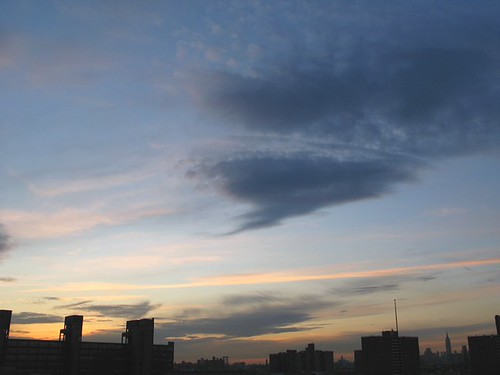One of the things using that camera did open me up to was the Canon Hackers Development Kit (aka CHDK) - an "upgrade" to the existing camera firmware that offers several cool handy features, including (in my case) an extremely versatile intervalometer.
After doing a bit of research, I decided that Canon's top-end PowerShot series - the "G" series - was where I should be looking for my next TL camera. The current offerings, the G10 and the G9, are both really fantastic little cameras, packed with some great features like full manual control, a hotshoe for off-camera flash, a nice big lens, and extremely solid build quality.
I decided that since I'm going to be shooting frames for video, extremely high-resolution images aren't really that big of a deal to me. So I aimed a bit lower, and found that the PowerShot G7, at 10 megapixels, would probably suit my needs.
Price watching on ebay showed me that the going price for a G7 is about $250 - close to half the cost of the currently available G10. The final determining factor, however, was the fact that there has been a version of the CHDK in development for the G7 for a year or two. I know they're working on versions for the G9 and G10 right now, and I'm sure they'll be available soon enough.
So I received my ebay-bought G7 yesterday, which came with an additional (third party) battery, and jumped right in. Another feature I was pleased to discover was the fact that this camera didn't seem to have any issues with SD cards larger than 2GB (the 630 didn't recognize the larger cards for some reason).
After some trial and error, I got the CHDK installed and working on a 4GB card, and ran upstairs to my roof to run some tests.
My first trial was using the "continuous mode" trick, clamping the shutter button down and letting it run perpetually. To my surprise, I was able to capture around 3500 frames at around over a period of about 25 minutes or so - at which point, the SD card had filled up! I was also delighted to find that the battery appeared to have been only 50% depleted. My hunch is that being able to turn off the rear LCD while shooting has a major impact on battery life.
Next, I decided to try capturing a sunset using the CHDK intervalometer. [one of the downsides to the continuous mode technique is that the focus and exposure settings are locked into place for the entire run. This is fine if you're working with consistent, continuous light (like in the middle of the day), but if you're trying to capture a dynamic transition in light (say, a sunrise or a sunset), then it's no good.]
After a little experimenting, I figured out how to get the CHDK routine working with the LCD powered off, and let it run.
I let it go for well over an hour, and was shocked to find that the camera was still shooting - mainly because I hadn't had the chance to recharge the battery from the prior test, and it started this run at around 50% capacity. It captured another 1200 frames or so before I stopped it. At that point, the battery was practically at 0%, but still - I am extremely pleased with the battery performance at this point.
Here is the shot I made of the sunset:

A couple of issues, yes, but for a first run, I'm pretty happy.
As I type this, the camera is shooting the sunrise. Stay tuned on my flickr feed for the results (assuming they're presentable).

No comments:
Post a Comment